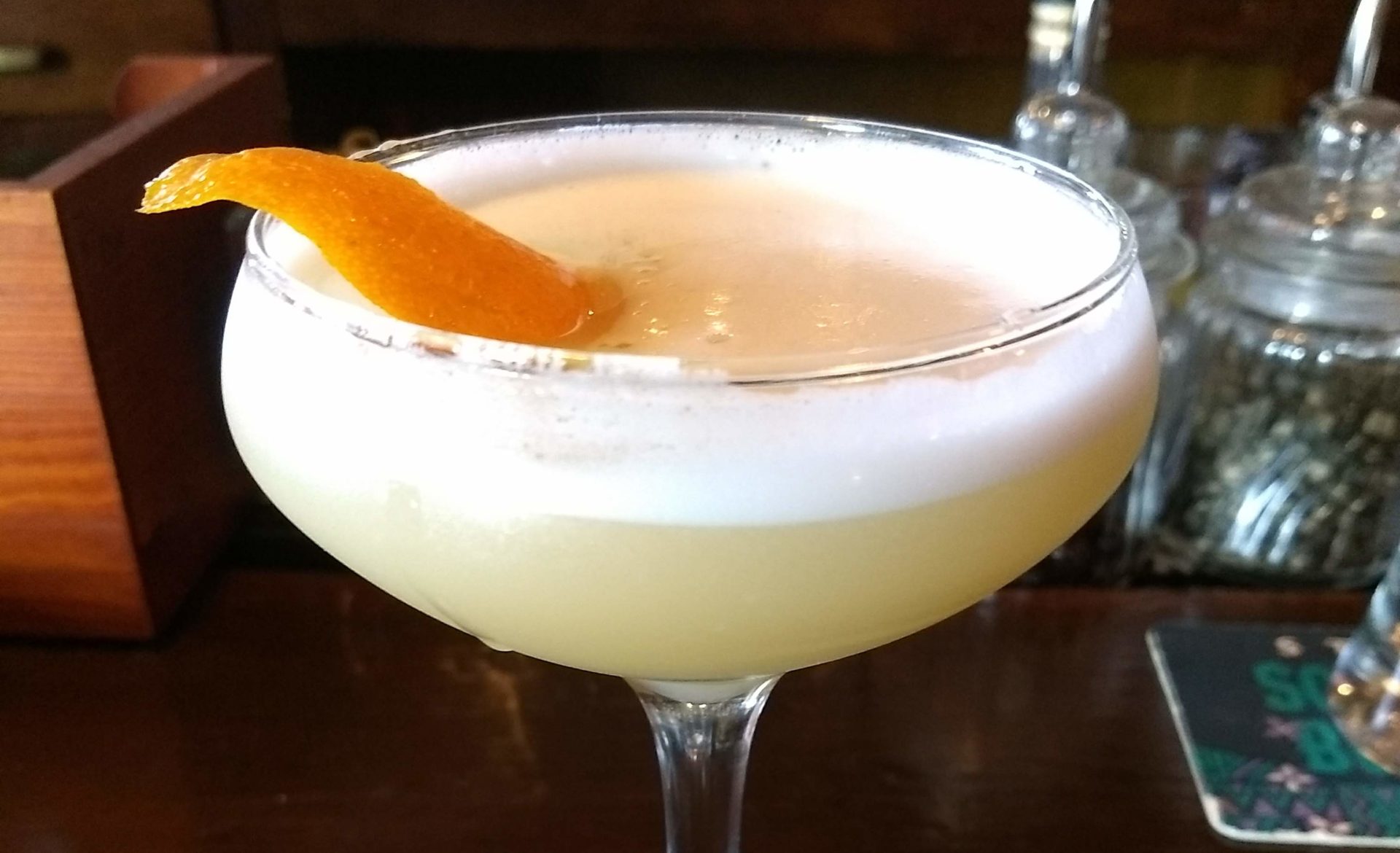
by B.D Fischer
In their excellent (no joke—it’s the best place to start if you are just learning and also a tremendous reference) Wine for Dummies, the married Mary Ewing-Mulligan (a Master of Wine—one of only 322 in the world, it’s like Ph.D. on top of a Ph.D.) and Ed McCarthy tell this story:
“Several years ago, we were enjoying one of our favorite red wines, an Italian Barbera, in the Alps. It was a perfect summer day in the mountains—crisp, clear, and cool. The wine was also perfect … with our salami, bread, and cheese. A couple of days later, we had the very same wine at the seashore, on a cloudy, humid, heavy-pressure day. The wine was heavy, flat, and lifeless. What had happened to our wonderful mountain wine?”
This story was on my mind as I recently drank, and reviled, a 2013 Caves du Vin Blanc de Morgex de la Salle (CVBMS) “Vini Estremi” Dalle Valle d’Aosta ($20, Free Run Wines, LLC, importer). The source, as usual, was Rimmerman. Concerning the 2012, which Rimmerman claimed was “almost impossible to tell … apart,” Antonio Galloni (far more reliable than Rimmerman, which is why he was quoted) gave 90 points and said, “Slate, crushed rocks, lime, grapefruit and white flowers burst from the glass in an energetic, chiseled wine loaded with class and personality. Hints of white truffle and ash linger on the finish.”
That’s a flavor profile right in my wheelhouse, but no … and but why?
Minerality, yes, some grapefruit and white flowers (white flowers?), possibly. But no bursting, let alone class, personality, or lingering. If you have been here before, Gentle Reader, you know that I do not normally discuss wine in terms of body. I am not sure why—perhaps because it is so purely value-neutral as opposed to “structure” or “balance”—both light-bodied and full-bodied wines can be excellent. But I have rarely tasted wine purporting to be of any quality with less body than this Vini Estremi. It was wine-related water. The bubbles rose to the top of the glass in a white scum.
As a brief aside, this illuminates the critical Rimmermanian weakness as a purveyor. He is so valorizing of clarity, purity, and terroir—Old World to a fault—that the drinking experience can be lost. You have to know how to read him, and above all do not buy Bordeaux. Esoteric American blends, bubbles, Australia, yes.
But the Vini Estremi: Could the problem have been this wine’s unusual circumstances of creation? Rimmerman again: “[I]t’s the only version of pre-phylloxera … wine you will ever taste.” This is worth stopping for: At the end of the 1800s, nearly all of Europe’s Vitis vinifera (i.e., wine as we know it) vines were destroyed by the minute insect Daktulosphaira vitifoliae, commonly known as phylloxera (superfamily Phylloxeroidea, family Phylloxeridae). Virtually the entire continent was only saved by grafting vines from Texas (put that in your pipe and smoke it, Europe) onto the survivors. If Rimmerman is to be believed, the wines of CVBMS are the rare exception, the only ones that I know of. Could this be the cause?
Doubtful, for in that same offer (April 22, 2014), I also purchased CVBMS’s La Piagne ($22), bottles of which I consumed at a birthday party this winter over spicy Korean at the legendary Da Rae Jung in Lincoln Square, Chicago (the extra cool factor with the La Piagne is the cork, which is not a cork at all but a glass stopper) and it was near perfect. But if not the pre-phylloxera vines then what?
We drank the Estremi with pan-seared salmon and miso soup—an inspired food pair. However, I did not get home until 30 minutes before we retired to the porch with our plates—not enough time for a normal chill so I put it in the freezer. Maybe that had something to do with the wine’s failure, except that it’s a common technique and thus doubtful. I’m grasping at straws here.
But. It has been a strange, bad summer on the shores of Lake Michigan, cold and in the 2015 American way, wet. No kind of payoff for the supra-miserable winter, and enough to make one think about recalling a mayor. The humidity as we poured our glasses approached 90% in the aftermath of and prelude to rain. More rain. So we think of Ewing-Mulligan and McCarthy.
And we must remember that, like all of us, a bottle of wine is a living thing, and as subject to the seasons and tides, mood disorders, and the unreasonable voices of critics who will not be silenced. (Rating: Not good)

